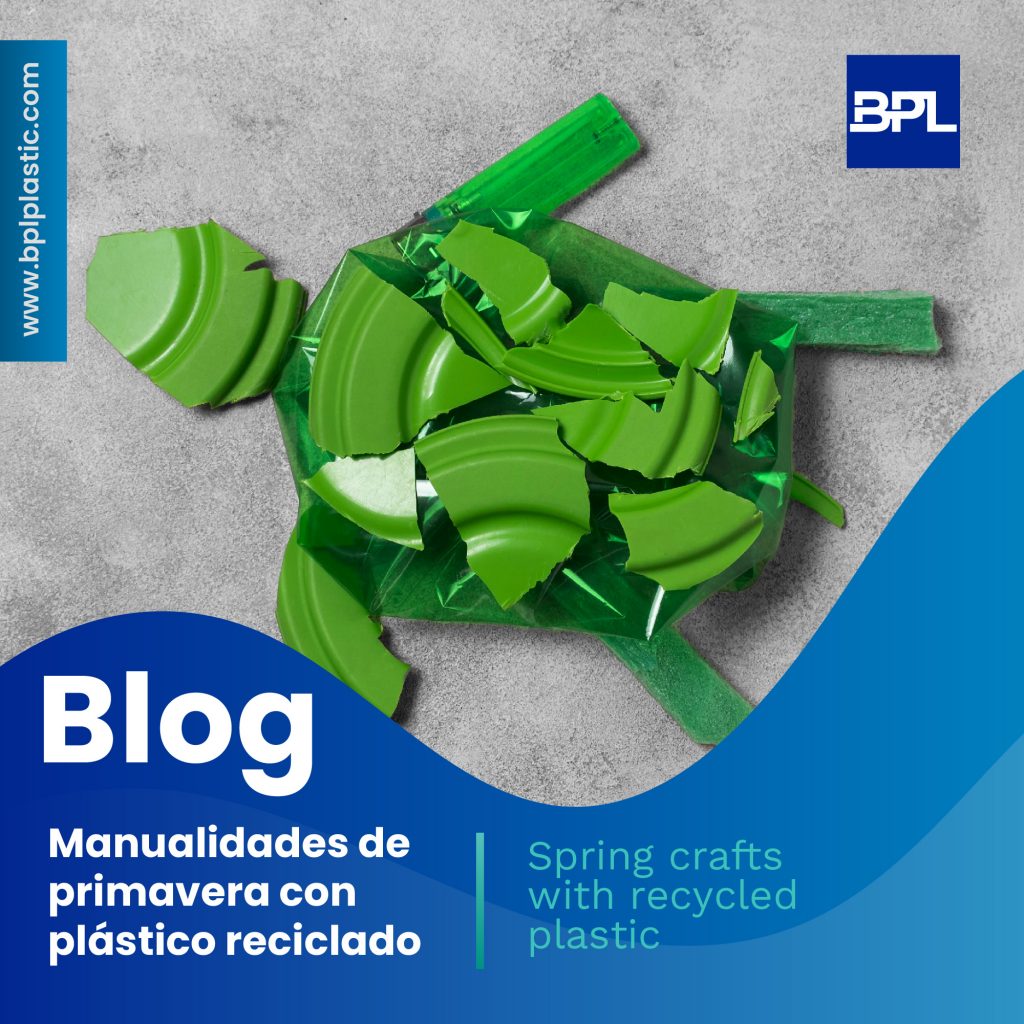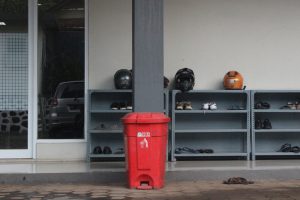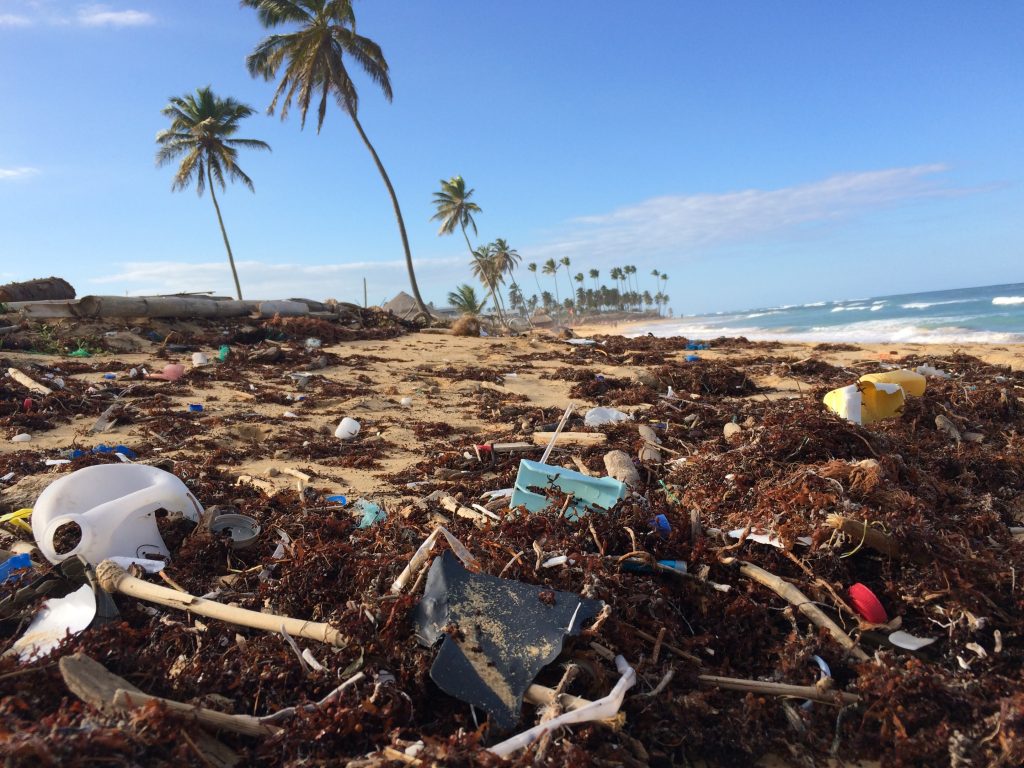We are already in Spring and the Easter holidays are very close to us with the children at home for two long weeks.
It is the perfect moment for us to encourage ourselves to make a craft to bring joy to our home and we will also have the little ones entertained.
In today’s blog we bring you a few Spring crafts made with recycled material.
The importance of recycling
Plastic is a material widely used in our daily lives, but it is also one of the materials that pollute our planet the most.
That’s why recycling plastic is so important to reduce the environmental impact of its production and disposal.
From Baidal we always encourage recycling those materials whose recycling is possible.
We can also reuse them to give them a second life.
With plastic we can make a multitude of crafts like the ones we tell you about below.
Spring crafts with recycled plastic
Some creative spring craft ideas you can make using recycled plastic.
plastic bottle flowers
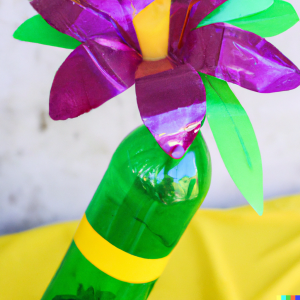
Plastic bottles are one of the most common materials that can be recycled.
To make flowers, we simply cut off the top of the bottle and then cut the petals at the bottom.
We can paint them with acrylic paint and stick them to a wooden toothpick to make a nice bouquet of flowers.
Butterflies from plastic bags
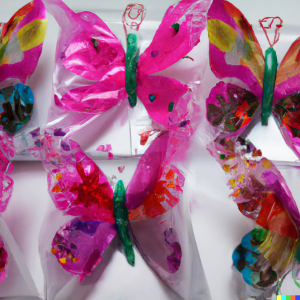
Plastic bags are another material that can be easily recycled.
To make butterflies, we cut a plastic bag in the shape of a butterfly and attached it to a rod or wire so that they can move.
We can also paste several butterflies on a mural to give our house a spring touch.
plastic pots
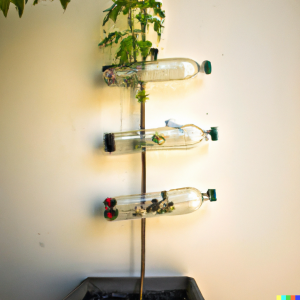
Plastic pots are very useful for planting flowers and plants.
We can make our own recycled plastic pots using plastic bottles cut into the desired shape.
We just have to paint the pots with acrylic paint as we like and put them in the garden or at home.
Bird feeders with plastic bottles
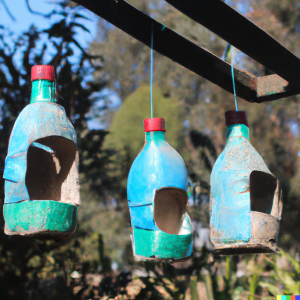
Plastic bottles can also be used to make bird feeders.
We cut off the top of the bottle and make holes in the sides so that the birds can access the food.
We can paint the bottle with bright colors to attract birds and hang the feeder on a tree or on the balcony.
plastic lamps
We can also use plastic bottles to make decorative lamps.
We cut off the bottom of the bottle and put a candle inside.
We painted the bottle with bright colors to give it a spring touch that will look great.
These are just a few spring craft ideas that can be made using recycled plastic.
Remember that recycling plastic is an important way to reduce our environmental footprint and do our part to protect our planet.
If you want more information about plastic recycling, visit our website.
